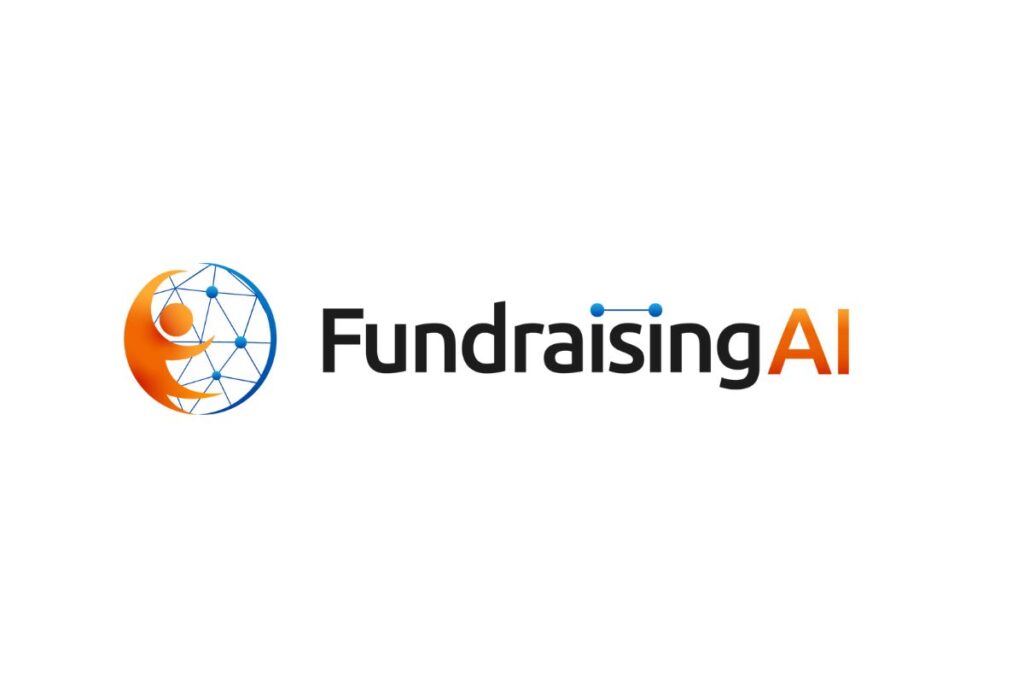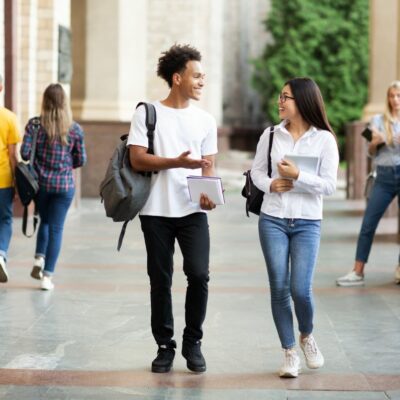The Most Advanced Machine Learning Solution For the Nonprofit Sector
Unlock Your Fundraising Potential
The DonorSearch Ai machine learning solutions enable nonprofit organizations to identify, visualize, and segment the very best prospects across all fundraising initiatives, from annual giving to major giving.
-

What is DonorSearch Ai?
DonorSearch Ai is the most advanced machine learning algorithm ever developed for the nonprofit sector. By enriching your data with more than 800 additional data points, DonorSearch Ai uses proprietary AI algorithms to recognize intricate patterns, process more information, and make specific recommendations on which prospects are most likely to make a gift within a rolling 12-month period.
-

How does AI help Major Gift Fundraising?
Using millions of data points, DonorSearch Ai performs thousands of calculations per prospect to accurately identify and segment high-affinity prospects with a high degree of accuracy. The more data you feed it, the more accurate its ratings and predictions are. Unlike static models, the DonorSearch Ai machine-learning models improve accuracy over time.
AI-Propelled Prospecting
DonorSearch Ai is our new suite of solutions bringing the power of artificial intelligence to DonorSearch users. With our breakthrough innovations, your nonprofit can get a fuller picture of its prospects, making your team more confident in reaching out and securing gifts.

Fundraising.AI
As a dedicated advocate of technological advancement in philanthropy, we are proud to be at the forefront of integrating artificial intelligence with fundraising efforts through our commitment to Fundraising.AI. We champion this approach by ensuring that our AI-driven initiatives are transparent, equitable, and aligned with the best interests of society. Our focus is on harnessing AI’s power for today’s fundraising needs and shaping a future where technology and philanthropy harmoniously intersect to create a more efficient, effective, and compassionate world.
How does DonorSearch Ai help you?
-

Data Driven Engagement
DonorSearch Ai Solutions leverage the continuous learning capacity of AI/Machine Learning to synthesize prospect experience and profile data to produce custom likelihood scores.
-

Specialized Fundraising
Fundraising looks different from sector to sector. DonorSearch Ai has sector-specific custom solutions that draw upon the unique aspects of the prospect experience. Each solution delivers donor likelihood scores within a robust visualization tool that allows users to find and segment their very best prospects quickly.




